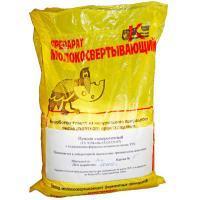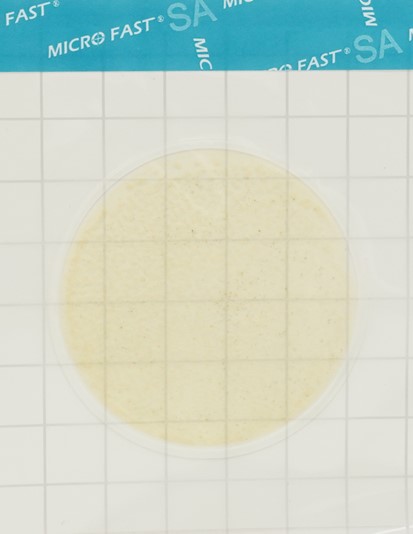Russians withdrew almost $10 billion worth of foreign currency from banks in March
In March, foreign currency savings of the population in Russian banks decreased by $9.8 billion, follows from the review of the Central Bank (.pdf). According to the regulator, the largest outflow of currency from accounts and deposits was observed in the first ten days of the month and stopped in the last week of March.
The dynamics of currency balances was affected by the introduction of capital restrictions by the Central Bank: on March 9, the regulator banned credit institutions for six months from issuing any foreign currency to individual clients, except for dollars, and introduced a withdrawal limit of $10,000. Only those clients who could withdraw currency could who opened an account or term deposit before March 9. New deposits or funds above the limit can only be withdrawn in rubles. From April 11, the Central Bank allowed banks to issue euros within limits, and from April 18, customers will be able to buy cash in branches.
The Central Bank canceled the commission of 12% when buying currency for brokers
A significant outflow of household funds from foreign currency accounts and deposits continued for the second month in a row and could be more significant than in February. As follows from the statistics of the Central Bank, in February, the foreign currency savings of citizens in banks decreased by 186 billion rubles, but this figure does not take into account the currency revaluation due to changes in the ruble exchange rate and accrued interest. The VPost publication, citing Frank RG analysts, estimated that customers withdrew approximately 600 billion rubles from foreign currency deposits. Taking into account the average nominal DOLLAR exchange rate for this month (77.34 rubles), in foreign currency, the outflow could amount to $7.76 billion, which is less than the March estimates of the Central Bank.
In general, the Bank of RUSSIA recorded the return of ruble savings of the population to bank accounts and deposits in March "against the background of rising interest rates."
On February 28, at an extraordinary meeting, the Central Bank raised the key rate to a record 20%, after which banks began to revise their deposit offers. According to the Central Bank, in the first ten days of March, the average maximum rate on deposits in the top 10 banks reached 20.51% per annum.
Deposit rates in Russia showed the sharpest decline in 13 years Read on RBC Pro Pro What happens to international companies with Russian origin Articles ProHow the French Election Will Affect the Stock Market and CurrencyPro Planes no longer fly: what to do with business trips and vacations Instructions Pro The company has suspended business in Russia.What to prepare for its DIRECTOR Articles Pro The world is waiting for a decade-long commodity supercycle.And that's why Articles Pro What 5 points to remove from the resume right now Articles ProMeta* in disgrace: what does it mean for business and will a VPN help?what does this mean for business and will a VPN help Articleswhat does this mean for business and will a VPN help Articles
“By the beginning of April, individuals replaced part of the outflow of ruble funds that were withdrawn from bank accounts at the end of February, including through currency conversion,” the regulator states.
The flow of money to ruble accounts and deposits, however, did not block the outflow of foreign currency deposits: in March, the funds of individuals in banks as a whole decreased by 0.7%, or 236 billion rubles, the Central Bank stated. In February, after a sharp change in the market situation against the backdrop of Russia's military operation in Ukraine and sanctions, the population took five times more from banks, about 1.2 trillion rubles.



























































